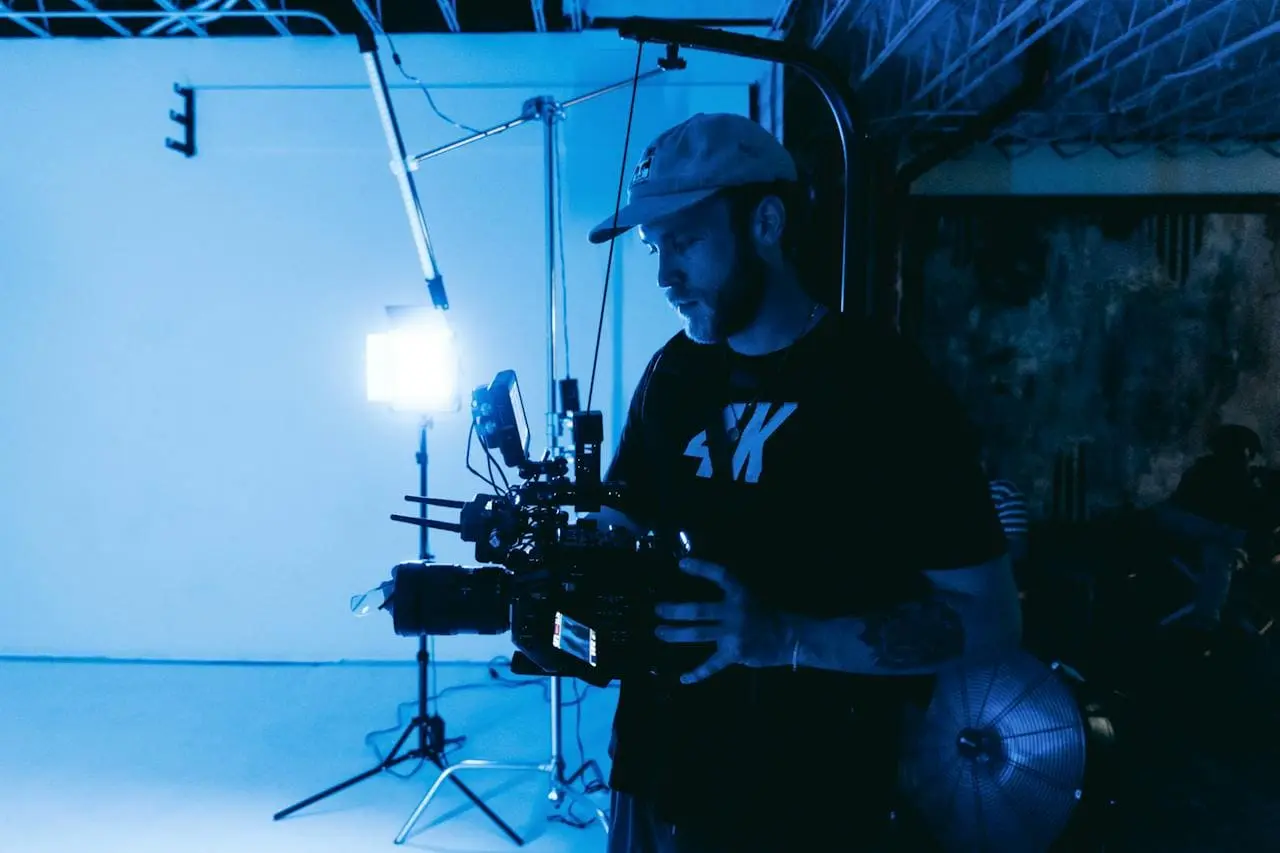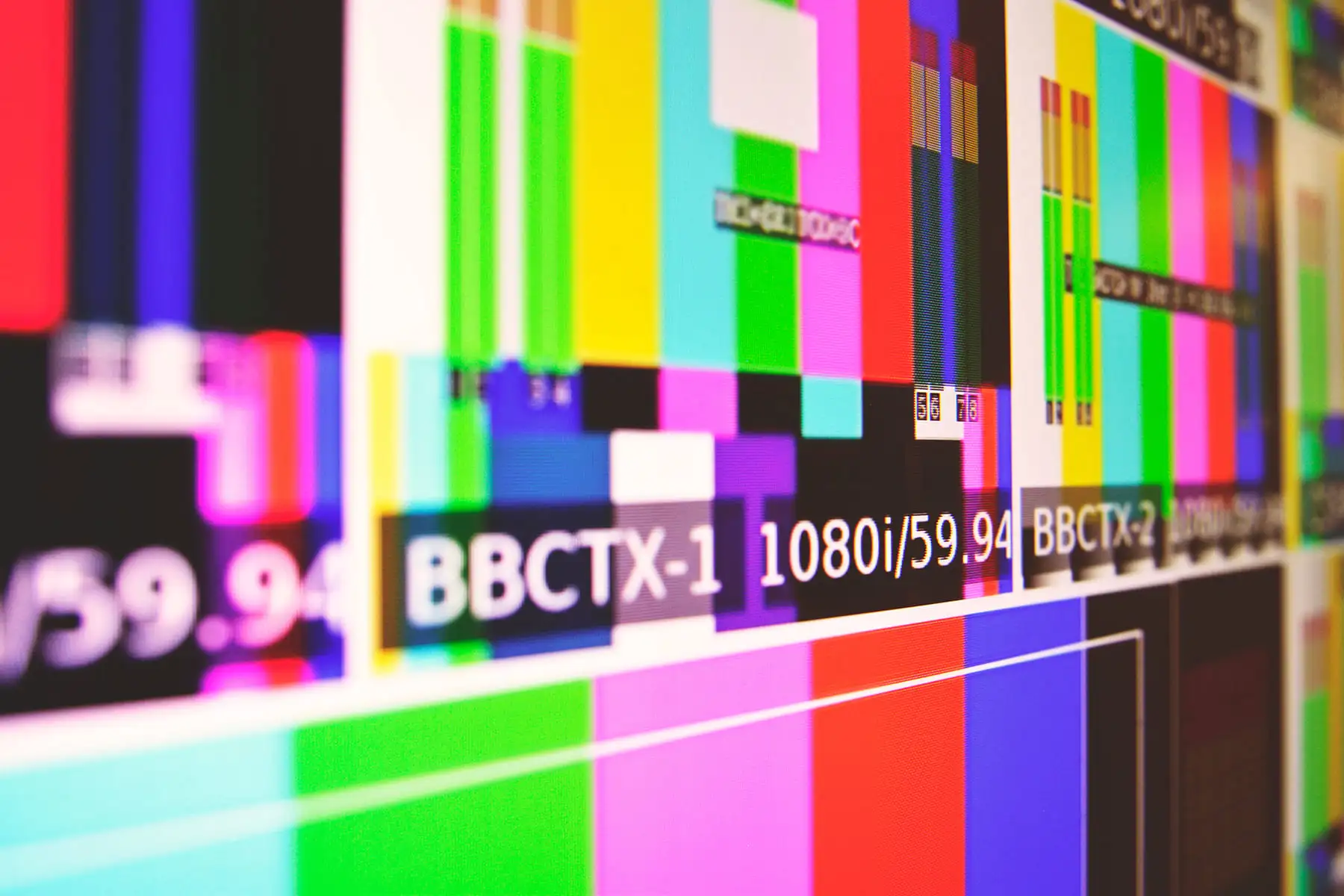The buzz surrounding AI in media was palpable at this year’s NAB Show 2023. In today’s rapidly evolving technological landscape, artificial intelligence (AI) has emerged as a transformative force across various industries. With its market projected to skyrocket from 100 billion USD to a staggering 2 trillion USD by 2030, AI is reshaping the way businesses operate. All along, Artificial Intelligence in Media Industry was touted as a valuable asset. Among all industries, Media & Entertainment has been the frontrunner in tapping this asset.

One notable area where the application of AI demonstrates its prowess is in improving content creation, production & management, enhancing personalised audience experiences, and improving monetisation. AI technology has the potential to synergise with emerging technologies like XR, AR, and VR, opening up new avenues for immersive and interactive media experiences. As we explore key applications of AI in media, we begin to grasp its promising future in the media and entertainment sector.
AI Personalization
Artificial Intelligence in the media industry enables curated and personalised experiences for users, enhancing customer satisfaction. Machine learning, a subset of AI, plays a vital role in analysing data and identifying the most effective content for specific audiences. Data analytics provides valuable insights into user behaviour, preferences, and interests by processing large-scale data and recognising patterns. These insights, combined with demographics and various data sources such as location, browsing history, and social media interactions, create comprehensive user profiles. The personalisation and recommendation engines generate the feeds and suggestions to the user accordingly. By leveraging AI content personalisation, brands can engage customers with tailored experiences that resonate with their interests, fostering loyalty and expanding their reach. So you see how the combination of AI, machine learning, and data analytics hands media companies a powerful toolkit to deliver content that is highly relevant and engaging. By offering personalised experiences and automated processes, the ultimate goal- maximum content monetisation – can be achieved.
Going by its scope, the profound benefits of AI in the OTT industry is certainly indicative of the amplification of OTT industry.
Generative AI
AI is revolutionising the world of film and television production, transforming the world of VFX and post-production by making processes faster, cheaper, and more accessible. It enhances the creative process by automating repetitive tasks, allowing filmmakers to focus on storytelling and bringing their visions to life.
AI algorithms automate metadata management by analysing scene descriptions, dialogue transcripts, and image recognition. This saves time, ensures consistency, and enables advanced search capabilities, improving the overall efficiency of content production.
AI automates tasks like colour correction and generates realistic effects, such as fire and water simulations. This enhances visual consistency, saves time, and empowers professionals to focus on storytelling and producing visually stunning content.
In generation of subtitles, advanced algorithms and language models analyse audio-visual content to produce synchronised and accurate textual descriptions, enhancing accessibility and enriching the viewing experience for diverse audiences.
By centralising content in a core repository and enriching it with metadata generated by both humans and AI, organisations can power efficient asset search capabilities for all stakeholders. Teams can easily find the right content for campaigns, which informs enhanced content reuse. Once content is enriched and structured for improved search and location, enterprises can automate key pieces of the content supply chain to achieve content creation at scale across all channels. So, AI-enabled MAM focuses on centralising content, leveraging AI-generated metadata, enabling efficient asset search, promoting content reuse, and automating aspects of the content supply chain to facilitate scalable content creation across various channels.

Future of AI in Media Industry
The future of AI in media holds immense potential for shaping the landscape of entertainment. The transformative influence of AI promises to revolutionize the creative process and enhance the overall viewing experience.
Sports viewing experience is like never before with AI-driven cameras, as multiple synchronized cameras cover the field, so that viewers can greatly enjoy every angle of the action. The camera being integrated with embedded platforms, there is access to key statistics and strategic information. In the Media & Entertainment Industry, we will soon witness production streamlined by automating camera movement, framing, and object tracking, reducing manual intervention. AI-driven camera can contribute to immersive virtual and augmented reality experiences by capturing high-resolution, synchronized video footage.
In conclusion, AI has tremendous potential for media companies, offering innovative solutions for content creation, personalized viewing experiences, immersive technologies, and data-driven insights. To explore the latest AI solutions for your company, consider partnering with RGB. The future of media is intertwined with AI, and exciting developments and endless opportunities lie ahead.



